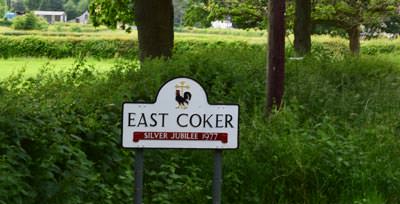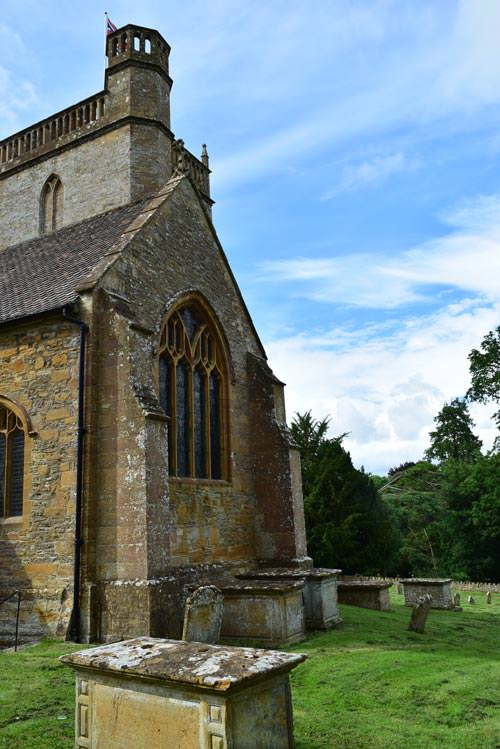East Coker, a small village on the border of Somerset and Dorset, placed its mark on my mental map when I first read T.S. Eliot’s long poem Four Quartets. I had read around the poem to better understand its complexity and discovered - in outline - that the village was important to Eliot through one of his ancestors having originated from there before his departure for America in the mid-17th century. I knew that Eliot had made a pilgrimage there in the 1930s before writing the East Coker part of Quartets, and that his ashes were kept there after his death in the 1960s. Being in that area of the country, seeing other places, signposts to the village rang bells with me and we diverted to take a look at it and its church.
One of the themes Eliot had been exploring in Quartets was the layered nature of time and how what we see today is a surface that lies spread over the past. There is something about parts of unspoilt rural England that makes it just a little easier to appreciate this settling of time on top of a place, and this is one of them.
…and the deep lane insists on the direction into the village … Eliot had written early in the poem and this was our exact entry to the village. Uncanny how a clear image arises out of such well-crafted words, however simple, and how the exact place that prompted the craft is just as the words have it. And then the road rose a little and the view opened out and we were there.

So much of Eliot’s poetry is intensely private that I feared a scrum of like-minded tourists, all of us hunting down Eliot memorabilia, scrambling over gravestones, looking for clues. But save for one elderly resident and her dog, the place was empty. The throng had been kept back, no doubt, by rain earlier in the day. So the churchyard was empty and the church appeared, perhaps as it has always appeared to incomers, permanent, abiding and settled.

We couldn’t establish why the Union Jack was flying from the top of this Grade II* listed building. Perhaps it was acknowledging Eliot’s own sentiment, expressed later in Little Gidding that “Here, the intersection of the timeless moment is England and nowhere. Never and always.” Or more likely it was for the previous weekend’s celebration of the Queen’s 90th birthday.
The church was open. We went in, stood before the oval plaque that noted Eliot’s connection to the place and paid our respects. We emerged, blinking, to wander round the churchyard of mostly illegible gravestones. The setting was exquisite.

Back home I found my copy of Eliot’s work and reminded myself what a giant of a poet he was. I recommend his poetry in spite of its difficulty because Eliot had the ability, particularly in Four Quartets, to use the English countryside as counterpoint to the city to help tease and separate the emphemeral from the lasting. His was also a musical poetry, full of voice and of voices. Find a copy and see if you agree with me.
